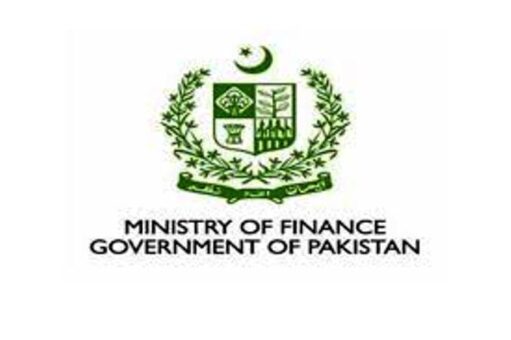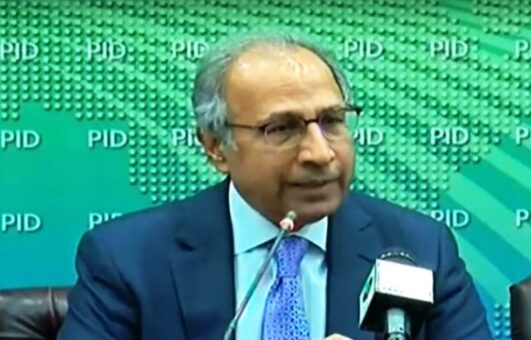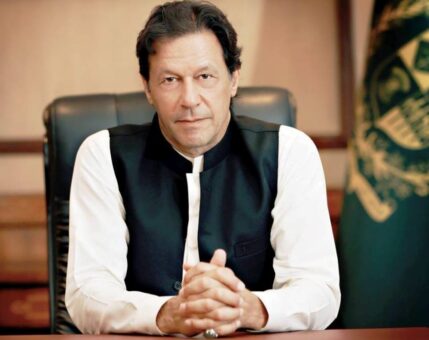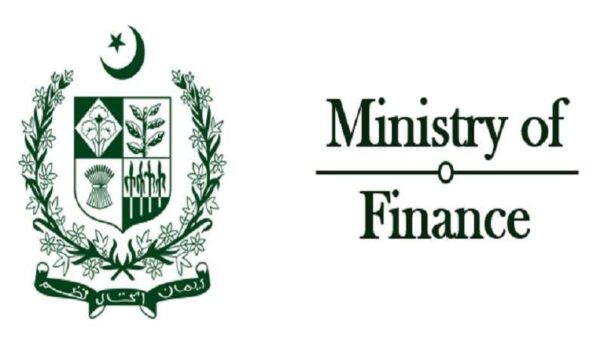ISLAMABAD: The total number of registered companies with Securities and Exchange Commission of Pakistan (SECP) has increased to 102,864 by end of July 2019, said a statement on Saturday.
The SECP said that in July it registered 1,525 new companies. As compared to the corresponding month of last financial year, it represents a growth of 41 percent raising the number of total registered companies to 1,02,864.
The massive increase is the result of series of recent reform measures undertaken by the SECP.
Around 71 percent companies were registered as private limited companies, while around 25 percent were registered as single member companies.
Four percent were registered as public unlisted companies, not for profit associations, foreign companies and Limited Liability Partnership (LLP) whereas 96 percent of these companies were registered by using online facility including applications received from overseas subscribers through eService and around 49 percent of these companies were registered on same day.
The SECP has also upgraded its browser’s compatibility and now in addition to Internet Explorer, other browsers like Google Chrome, Mozilla Firefox and Microsoft Edge, Safari and Opera can be used for name reservation and company incorporation process.
The trading sector took the lead and 266 new companies are registered in this sector, construction with 186, Information Technology with 183, Services sector with 177, Tourism with 69, Real Estate Development with 59, Food and Beverages with 56, Engineering with 44, Education with 43, Marketing and Advertisement with 40, Textile with 39, Corporate Agricultural Farming with 36, Pharmaceutical with 30, Healthcare with 29, Transport with 28, Chemical with 27, Mining and quarrying with 24, Communication with 21, Auto and Allied with 18, Fuel and Energy with 16, Logging with 14, Broadcasting and Telecasting with 12, Paper & Board, and Power Generation with 11 each and 86 companies were registered in other sectors.
Foreign investment has been reported in 58 new companies. These companies have foreign investors from, Australia, Austria, Canada, China, Denmark, Germany, Hong Kong, Iran, Italy, Korea South, Norway, Saudi Arabia, Serbia, Sweden,, Turkey, the UAE the UK and the US.
The highest numbers of companies, i.e. 603 were registered in Company Registration Office-Islamabad, followed by 378 and 283 companies registered in Lahore and Karachi respectively.
The Company Registration Offices in Peshawar, Multan, Faisalabad, Gilgit-Baltistan, Quetta, and Sukkur registered, 100, 76, 41, 27, 10 and 7 companies, respectively.






